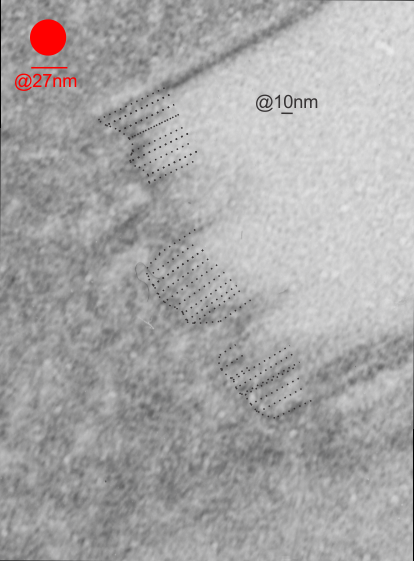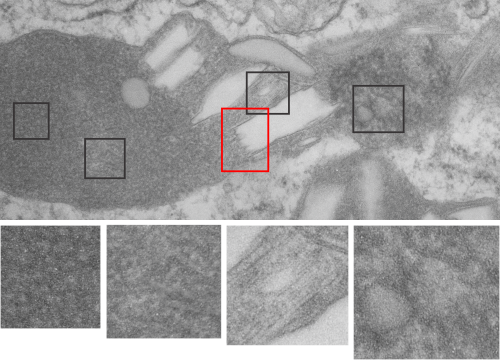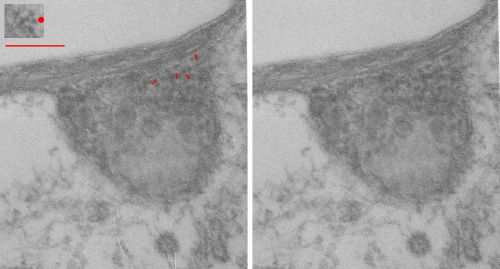While looking up some info on another perfluorinated compound used in testing for that group of chemicals’ usefulness in the field of blood substitutes I found this cute description — which just made m e laugh a little. While admittedly, I cannot speak another language (except just enough french to get to the restroom), I would never make a company product listing without having someone sit beside me and personally help me translate. Otherwise something like what is listed below would happen. Hey, maybe google did this translation, haha.
e laugh a little. While admittedly, I cannot speak another language (except just enough french to get to the restroom), I would never make a company product listing without having someone sit beside me and personally help me translate. Otherwise something like what is listed below would happen. Hey, maybe google did this translation, haha.
“Fluorinated fabric finishing agents and fluorinated surfactant intermediates. Development and production company perfluoroalkyl iodide, perfluoroalkyl ethyl iodide, perfluoroalkyl ethanol, perfluoroalkyl vinyl and perfluoroalkyl ethyl acrylate and other products is an important chemical raw material, can be transformed to the corresponding alcohol, thiol, and sulfonyl chloride such as various fluorine-containing intermediates for further synthesis of various fluorine-containing surfactants, fluorine-containing finishing agents and other fluorine-containing fine chemicals. Such fluorinated products with high thermal stability, high chemical stability and excellent performance hydrophobic hate oil, with its made of fluorinated finishing agent with conventional textile finishing agent incomparable characteristics, through their treatment of textiles with a variety of excellent performance, and thus much attention and welcome from domestic and foreign markets, to become the mainstream of today’s textile finishing.”


